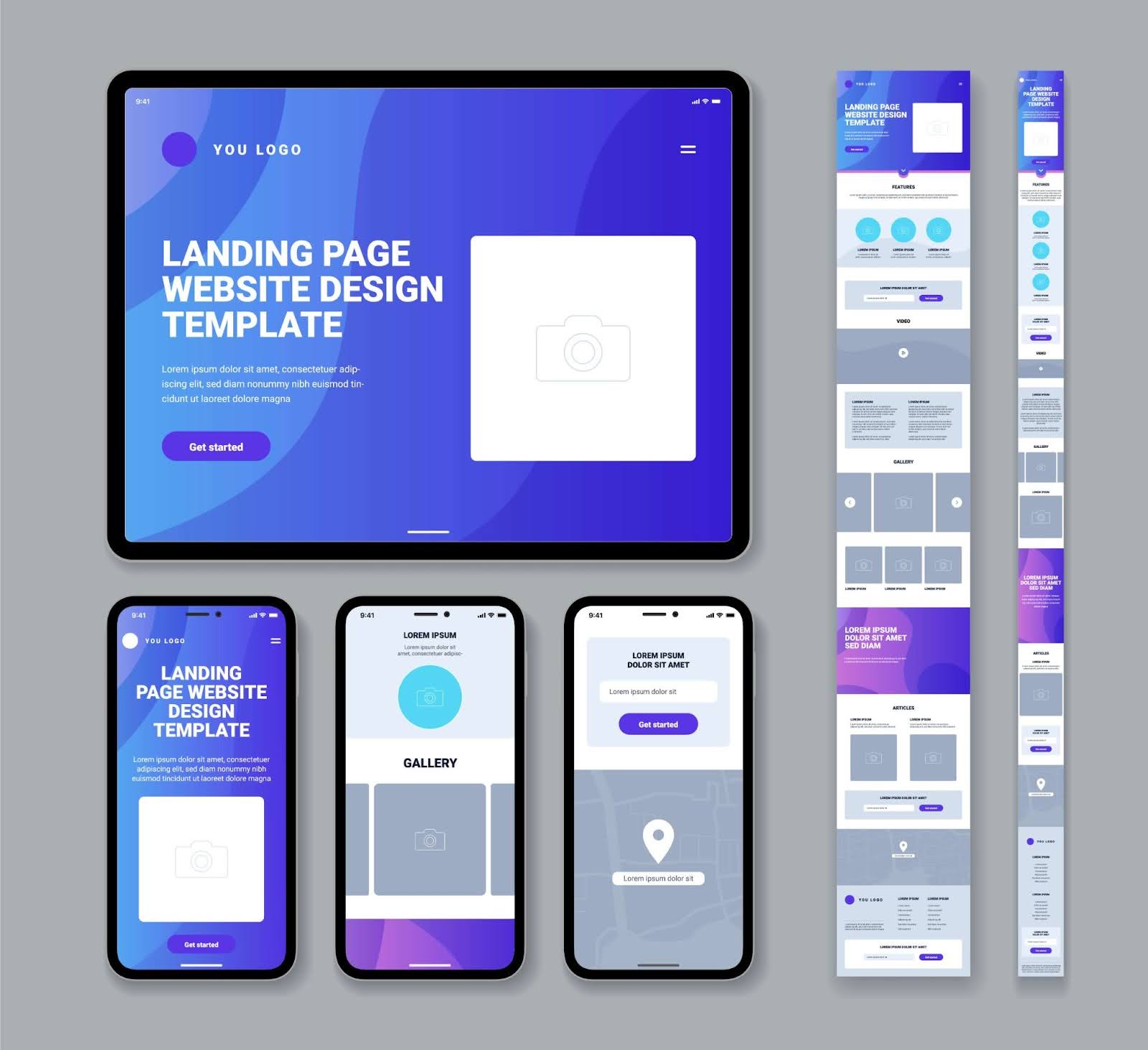7 Best Practices for Successful Lead Capture and Generation !
In today's competitive business landscape, lead capture and generation have become pivotal components of a successful marketing strategy. The ability to attract, engage, and convert potential customers into qualified leads can significantly impact a company's growth and revenue.
This article delves into seven best practices that can help businesses optimize their lead capture efforts and boost overall lead generation.
What is Lead Generation?
Lead generation refers to the process of identifying and capturing potential customers who have shown an interest in your business's products or services, even if they are not yet prepared to make a purchase. These potential customers, known as leads, represent individuals who have demonstrated some level of curiosity or engagement with your offerings.
The concept of lead generation involves actively engaging your target audience, enticing them to provide their contact information willingly. This initial interaction sets the stage for further communication and relationship-building. It serves as the foundational step toward establishing a meaningful and fruitful connection with prospective customers.
According to research by Ruler Analytics, a notable challenge faced by 37% of marketers is the generation of high-quality leads. Effectively achieving lead generation entails employing various strategies, which may include:
1. Landing Pages: These dedicated web pages serve as information collection points. Visitors share their details, allowing you to follow up and potentially convert them into customers.

2. Email: Email is a potent tool for lead generation because recipients have willingly subscribed to your communications and are familiar with your brand.
3. Social Media: Leveraging social media platforms provides a distinctive opportunity to engage potential customers in meaningful interactions that encourage action. By harnessing the digital landscape, your business can directly connect with active users globally.
4. Blogs: Blogs play a crucial role in establishing your authority and informing your audience about your product's features and benefits. Additionally, they offer a platform to provide valuable content that showcases your unique offerings.
5. Events: Live events offer a dynamic way to engage with leads. These interactions enable you to swiftly identify individuals with a higher likelihood of becoming customers, thereby enhancing your sales strategy.
6. Invitation Card: Boost lead generation with an invitation maker app. Send engaging invitation cards for events and webinars to swiftly identify potential customers, enhancing your targeted sales strategy.
In essence, lead generation is about creating opportunities to connect with potential customers, gradually nurturing them, and ultimately converting them into loyal patrons. This process involves a mix of strategic approaches across various channels, all aimed at building a bridge between your business and its future customers. Here are some easy to do it:
A. Create Compelling and Relevant Content
The foundation of effective lead capture lies in crafting high-quality, relevant content that resonates with your target audience. Whether it's blog posts, videos, e-books, or webinars, your content should address your audience's pain points, provide valuable insights, and showcase your expertise. Through the provision of impactful content, you not only position yourself as a credible authority in your industry but also incentivize visitors to share their contact information. This exchange of information is facilitated by our outstanding content writing service, ensuring that your resources are both compelling and relevant to your audience's needs.
B. Utilize Strategic Call-to-Actions (CTAs)

Strategically placed and compelling call-to-action buttons are essential for guiding your website visitors toward lead conversion. Make your CTAs stand out with contrasting colors and persuasive language that clearly communicates the benefits of taking action. Whether it's "Download Now," "Get Started," or "Request a Demo," the CTA should be relevant to the content and offer an attractive value proposition.
C. Leverage Landing Pages
Dedicated landing pages are powerful tools for lead capture. Each landing page should focus on a specific offer or content piece and eliminate distractions that could divert visitors' attention. Keep the design clean, concise, and aligned with your brand. A well-structured landing page should include a compelling headline, engaging visuals, a concise description of the offer, and a clear CTA. Ensure that the form fields are limited and aligned with the value of the offer to encourage more submissions. Consider integrating a lead generation chatbot on your landing pages to offer immediate assistance and a more interactive way to capture visitor information.
D. Implement A/B Testing
A/B testing, or split testing, is a crucial practice in optimizing lead capture efforts. Experiment with different variations of CTAs, landing page layouts, and form designs to identify which elements yield the best results. By continually refining your approach based on data-driven insights, you can enhance your lead capture strategy over time and maximize conversion rates.
E. Offer Valuable Incentives

Incentivize visitors to provide their contact information by offering valuable incentives such as e-books, whitepapers, discount codes, or exclusive access to webinars. Ensure that the incentive aligns with your target audience's interests and needs. The perceived value of the incentive can greatly influence the number of leads you capture.
F. Optimize for Mobile Users
With the increasing prevalence of mobile browsing, it's crucial to ensure that your lead capture forms and landing pages are fully optimized for mobile devices. A responsive design ensures a seamless user experience, regardless of the device being used. Forms should be easy to complete, and text should be legible without them. Additionally, consider developing a dedicated mobile app with the expertise of an Android app development agency or an iOS one in order to enhance the user experience and accessibility. zooming in.
G. Nurture Leads with Personalized Follow-Ups
Lead capture doesn't end with obtaining contact information; it's essential to nurture leads through personalized follow-ups. Implement an email marketing strategy that delivers relevant content to leads based on their interests and actions. Automated workflows can help you segment your leads and send tailored messages, increasing the chances of converting them into loyal customers.
H. Create Enticing Offers at Every Stage
Develop compelling incentives tailored to each stage of the buyer's journey. Understand that individuals in various stages of the purchasing process have distinct preferences
For instance, someone in the early exploration phase might not be receptive to a free demo, whereas a prospect further along the funnel might find it valuable. It's crucial to offer relevant content or resources that cater to the needs of leads at every stage.
Ensure your marketing materials feature distinct and well-defined call-to-actions (CTAs) that guide prospects effectively. Employ creativity to resonate with potential customers, increasing your reach and engagement.
Conclusion
Effective lead capture and generation are fundamental to the success of any modern business. By implementing these seven best practices, you can create a robust lead capture strategy that attracts, engages, and converts potential customers into qualified leads. Remember that consistency and continuous improvement are key.
Regularly analyze your results, adapt your approach, and refine your tactics to stay ahead in the competitive world of lead generation. With a solid foundation in place, your business can thrive and grow by consistently generating valuable leads that drive sustainable revenue.







